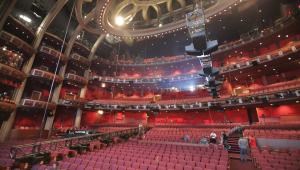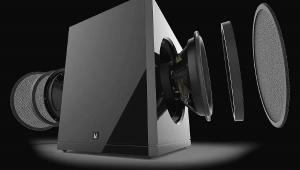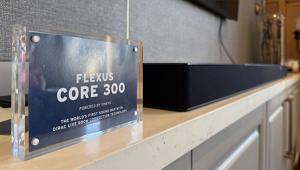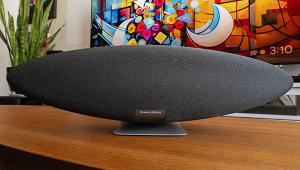Flat-Panel Basics Page 2
LCD
The granddaddy of fixed-pixel technologies, LCDs (liquid-crystal displays) first appeared in pocket calculators in the early 1970s. The technology is amazingly versatile, able to power front projectors, rear-projection TVs, and flat-panel displays.
How It Works - A matrix of thin-film transistors (TFTs) supplies voltage to liquid crystal-filled cells sandwiched between two sheets of glass. As with plasma panels, a trio of red, green, and blue cells make up one pixel. When hit with an electrical charge, the crystals "untwist," allowing light generated by a lamp behind the screen to filter through. The higher the voltage, the more a cell "opens up." (For a more detailed, illustrated explanation of plasma operation, see Inner Workings: Inside a Liquid-Crystal Display.)
Pros •Panels are only a few inches deep, and pictures hold up better in bright light than on plasmas or rear-projection TVs. •Immune to burn-in.
Cons •Of the fixed-pixel display technologies (including plasma, DLP, LCoS, and so on), LCD has the most trouble with blacks. Some light always passes through (the cells are never completely opaque), so the best black is usually a very dark gray. Flat-panel LCDs are significantly better in this respect than they were a few years ago, however. •Because of how light goes through the cells, LCD panels usually have narrower viewing angles than plasmas. •LCDs may sometimes blur fast motion. The latest models have greatly reduced this tendency, however.
Where It's At - Prices have tumbled, with 42-inch models available for less than $1,500. Very large screens are considerably more expensive, however.
Special Report: Flat-Panel TV Back to Homepage What's New on S&V
- Log in or register to post comments





























































